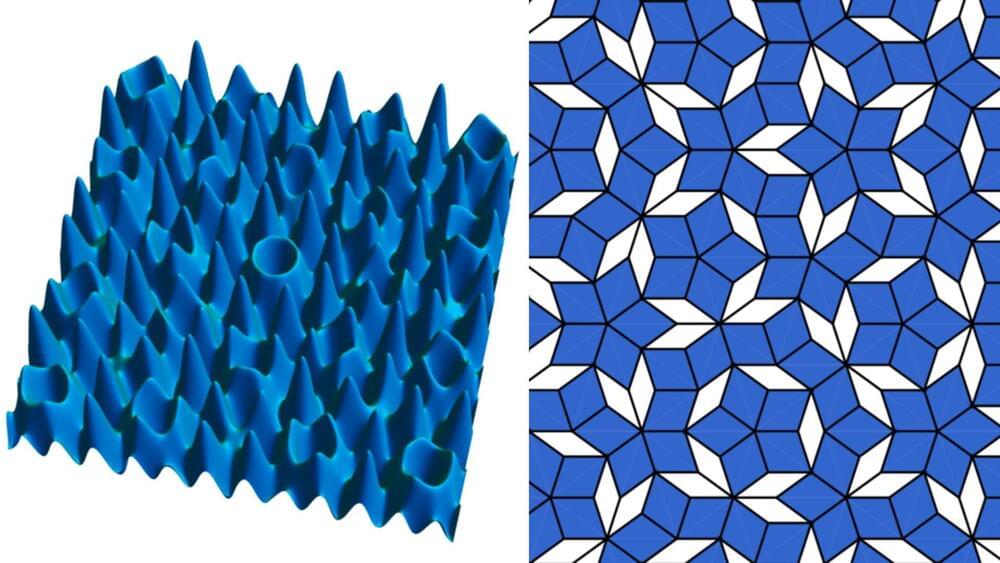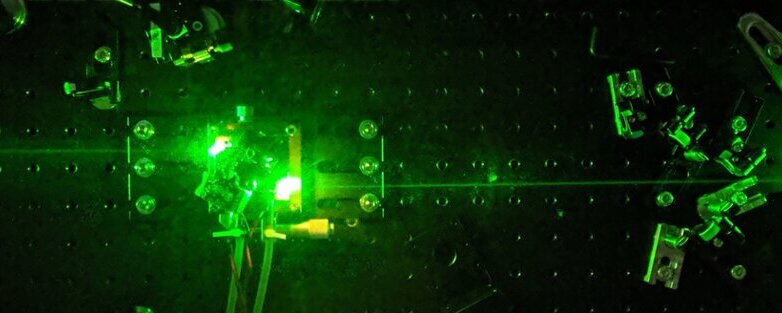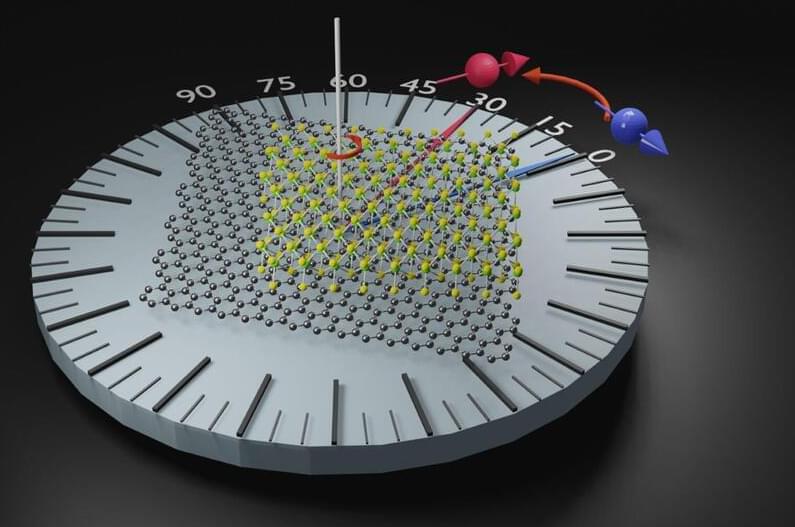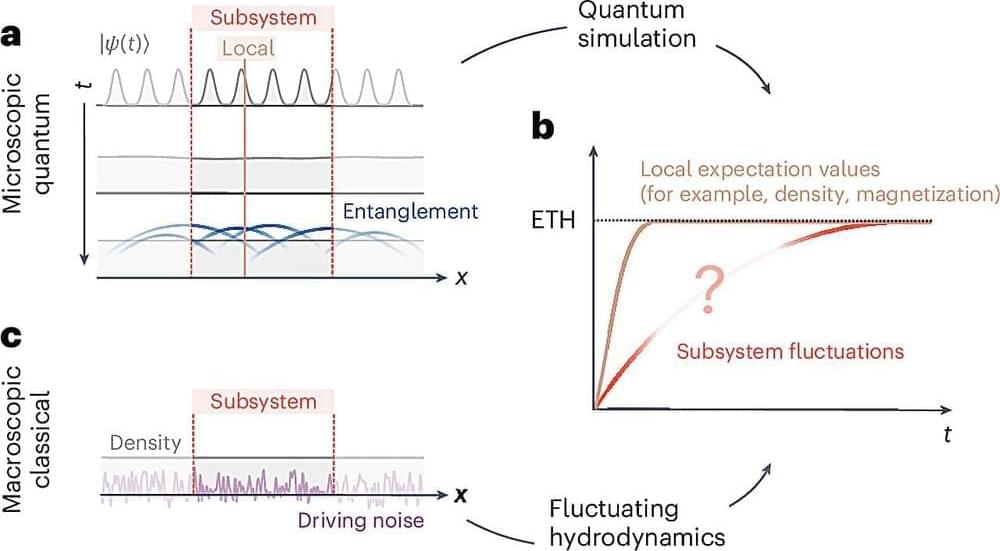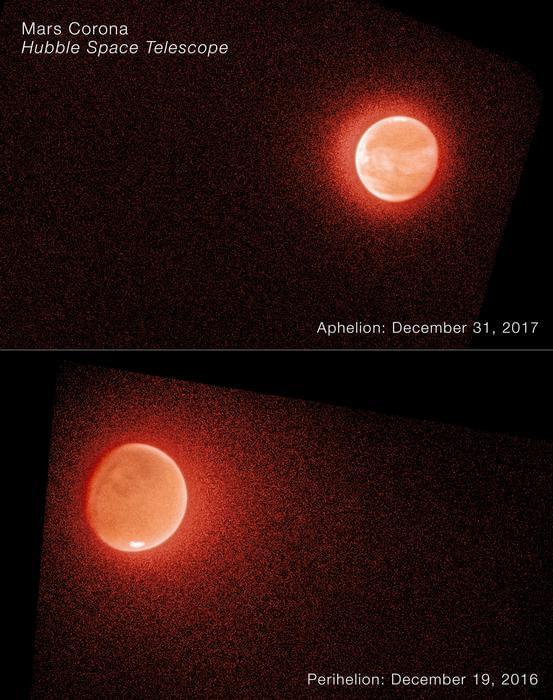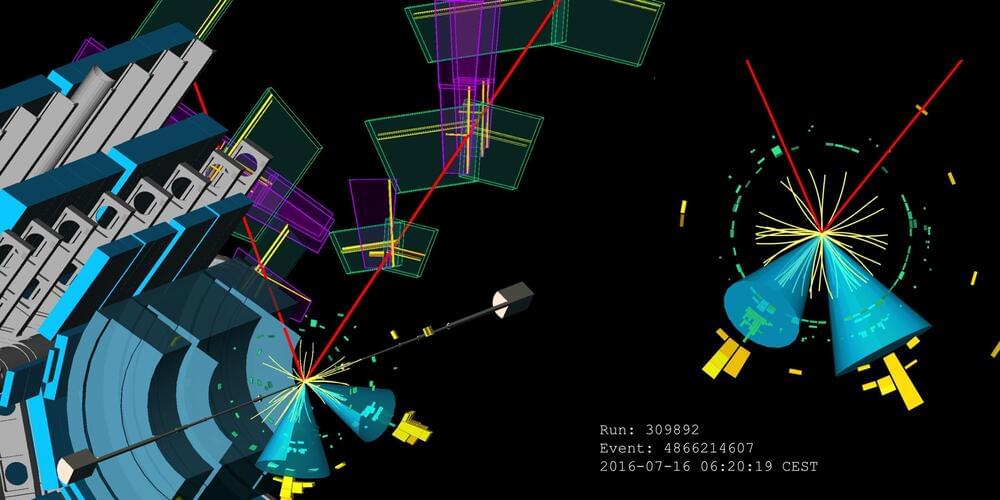👉 Head to https://brilliant.org/spacetime/ for a 30-day free trial + 20% off your annual subscription.
Sign Up on Patreon to get access to the Space Time Discord!
/ pbsspacetime.
If we discover how to connect quantum mechanics with general relativity we’ll pretty much win physics. There are multiple theories that claim to do this, but it’s notoriously difficult to test them. They seem to require absurd experiments like a particle collider the size of a galaxy. Or we could try to physics smarter, instead of physicsing harder. Let’s talk about some ideas for quantum gravity experiments that can be done on a non-galaxy-sized lab bench, and in some cases already have been done.
PBS Member Stations rely on viewers like you. To support your local station, go to: http://to.pbs.org/DonateSPACE
Check out the Space Time Merch Store.
https://www.pbsspacetime.com/shop.
